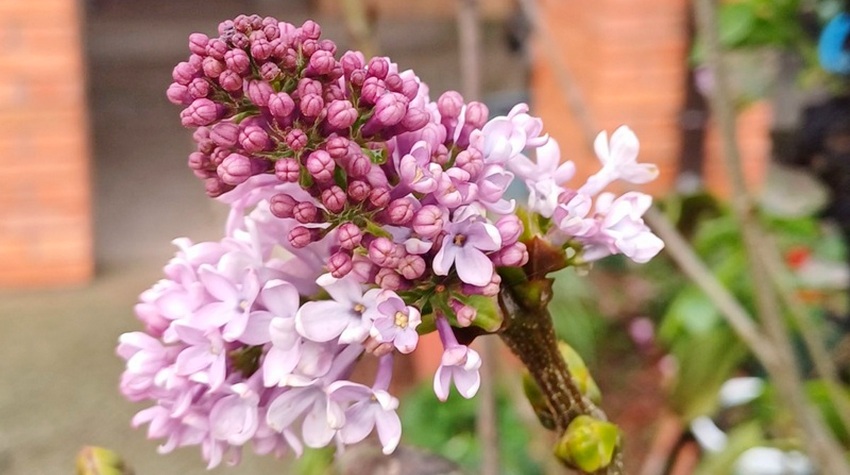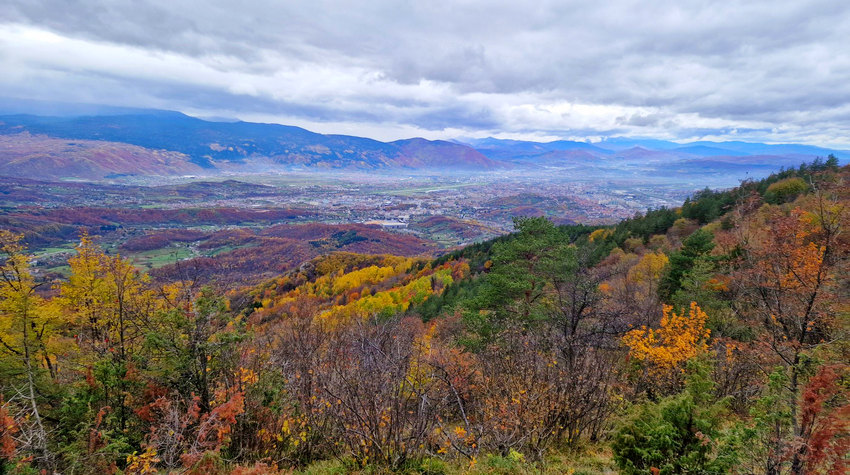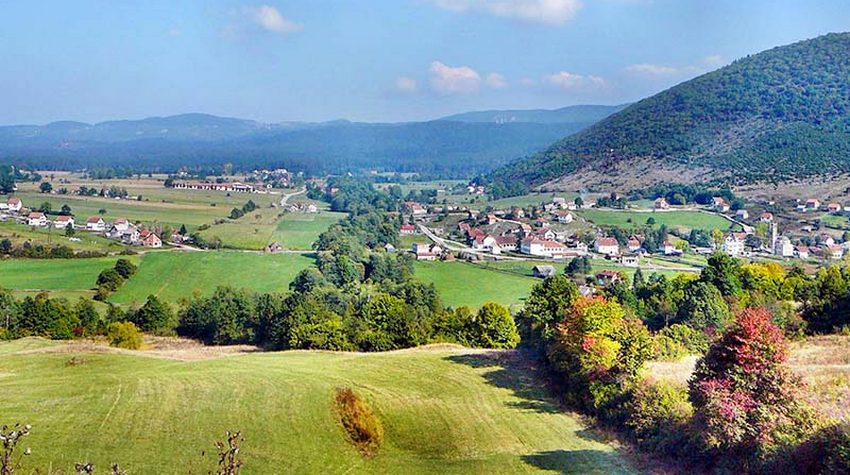HOW TEMPERATURE FLUCTUATIONS AFFECT FRUIT TREES
In recent days, temperatures in our region have dropped to levels typical for the first half of January, following an unusual period of warmer weather. This sharp transition from high to low temperatures raises questions about its impact on fruit trees.
High temperatures during winter, particularly above 5°C, can disrupt the biological dormancy of fruit trees, especially those with shorter physiological resting periods. For instance, sour cherries require 45 to 60 days of dormancy, cherries 30 to 45 days, plums 30 to 60 days, peaches 45 to 60 days, apples 45 to 60 days, and pears approximately 45 days.
Prolonged temperatures above 10°C can interfere with the formation of flower buds by extending dormancy and delaying the breakdown of growth inhibitors. Such conditions often lead to irregular biochemical processes in the tree tissues, resulting in poor cellular development during the next growth cycle. This disruption may cause flower drop, unsuccessful pollination, and the shedding of young fruits.
DAMAGE TO BARK AND BRANCHES
When fruit trees transition from dormancy to vegetation, a process called "dehardening" occurs. Water begins to accumulate in the cells, and sap starts to flow, which was observed earlier this January. In years with fluctuating temperatures during this period, significant damage can occur to tree bark and branches. The most affected areas are on the south-facing sides of trunks and skeletal branches, which experience more intense heating during the day and freezing at night. This can cause the bark to crack and lead to frost damage.
THE IMPORTANCE OF WHITEWASHING
To prevent frost cracks and damage caused by temperature oscillations, whitewashing the trunks and major branches of fruit trees is essential. The white color reflects sunlight, reducing heat absorption and slowing down the sap flow. This simple technique minimizes the risk of damage from temperature fluctuations.
In cases where cracks or frost damage have already occurred, it is crucial to remove the damaged bark until healthy tissue is exposed. The wounds should then be treated with grafting wax to promote healing.
CASE OF APRICOTS
Apricots are particularly vulnerable to warm winter periods. When temperatures rise, sap flow begins prematurely. If a sudden cold snap occurs, with temperatures dropping to -5°C or -10°C, ice crystals can form in the vascular tissues, damaging their ability to transport water. Such trees may survive on reserves for several months but often succumb to heat and water stress by early summer, resulting in their sudden death. This phenomenon, known as "green wilt" or apoplexy, highlights the critical need for proper care during winter.
By understanding and mitigating these risks, fruit growers can protect their trees from the adverse effects of temperature fluctuations, ensuring healthier orchards and better yields in the coming season.



.jpg)









